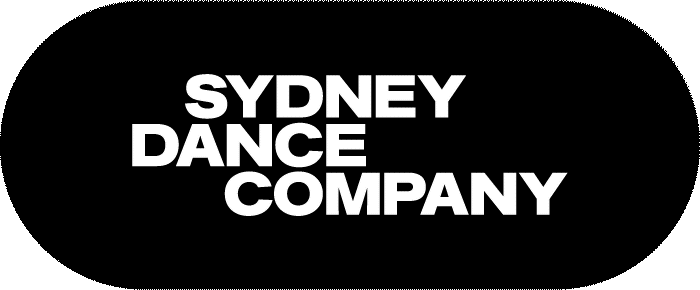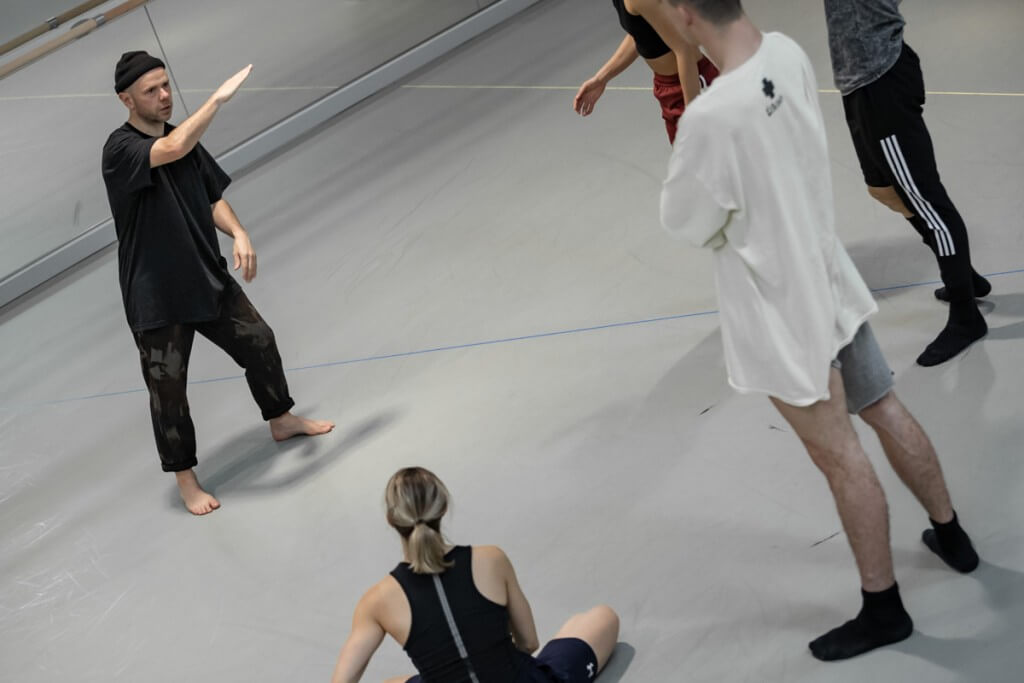Youth Programs: Anders and Alissa’s Experience


published
Antony Hamilton is obsessed with unison. Like the title suggests, the internationally acclaimed choreographer’s new work Forever & Ever explores movement possibilities constructed on a pulsing sonic pallet.
With a soundtrack by his brother Julian Hamilton from electronic duo The Presets, Forever & Ever is a manipulation of how movement can be stretched, replicated and reworked in countless formations, using music as the driving foundation.
Ahead of the season, we sat down with the Antony to chat about the musical impetus behind the work, his percussive style of movement, and choreographic process as its own technology.
The stimulus for the piece was very much a musical idea. My brother [Julian Hamilton of The Presets] is the composer for the piece and we decided early on that we wanted to do something minimal so there was a sonic limitation which would act as a continuous pulse throughout the work. Rhythmically, you have a bed of continuity that is really present for the whole piece. In terms of the choreography, it presents a huge challenge to create interesting content that is dynamic and works well given the flatness of the sonic palette. Even though the music has a technical component that is the minimal pulse, it also has a stylistic sonic language that reminds us of a party or a rave.
My brother and I like to banter and listen to stuff and hang out in a very brotherly and playful way. So I was very curious to hear stuff he was doing that was much more minimal, because most of the stuff he works on with The Presets have a very pop arch. He was making synth pieces that were just one waving synth line which would repeat. We really liked the idea of really pushing it to its limits in terms of length of time. Hence Forever and Ever.
It was really great the music was being developed early on because it gave us a bit of an anchor for a title. The title has actually begun to drive the ideas in the work: having a sense of being a perpetual endless thing that is never going to stop.
To be hit over the head with a large sledgehammer. I want the piece to be a bit full on. Just like an assault, sonically and visually. Very stimulating.
I’d say heavily structured improvisation. For the first three days I did a bunch of training, exercises that use very specific counting structures and very specific articulations of the body in certain sequences. So I will say for example you have to move your arm on a continuous trajectory where nothing else is moving then the head moves separately. The movement quality is definitely percussive. There is a strong relationship to kinesthetic sound.
I have been obsessed with unison for my whole career. Not just unison as a thing but unison as an idea. What do we mean by unison? What could be a version of unison that we don’t normally call unison?

Yes absolutely. With this piece in particular I have treated it a little bit like a cinema where it has an almost-storyboard approach. And it has a very specific timeline.
I also wanted to create a collision between the end of the piece and the beginning. You have this bare body at the beginning which is met by a very alien, very unfamiliar, very sculptural, very abstract costumed body. The tiniest person in the Company and the tallest meet in this strange kind of communion.
I don’t delineate between styles and disciplines so much when I’m making choreography. It’s all just raw material at my disposal, and it is created quite haphazardly with movement qualities being utilised in a fairly spontaneous way. I think of my work as a by-product of this history with all these disciplines jumbled together. I don’t over think it.
They are not so much explored on a thematic level as they are a by-product of my choreographic process. I think the choreographic process actually reveals an interest in the collision of technology not the other way around. I never really think I want to make choreography that looks like a machine. It’s more that I was interested in making a certain kind of choreography that when you stand back, looks like a machine. Why does it look like a machine? Because we are informed by technology. It’s that kind of a conversation.
I think an interesting technology is informed by just the simple fact that we live our lives amongst so much interface. But when I think of technology I think of the wheel, I think of the hammer, I think of tools.
Amazing. I can’t speak highly enough about them. They are just over committed. Just unbelievably so committed to the process.
Freefalling. Not really knowing where you are going to land. That’s the thing I like about it the most. The dangers.
See Antony Hamilton’s brand new work Forever & Ever as part of a double bill with Rafael Bonachela’s Frame of Mind in Sydney 16 – 27 October.